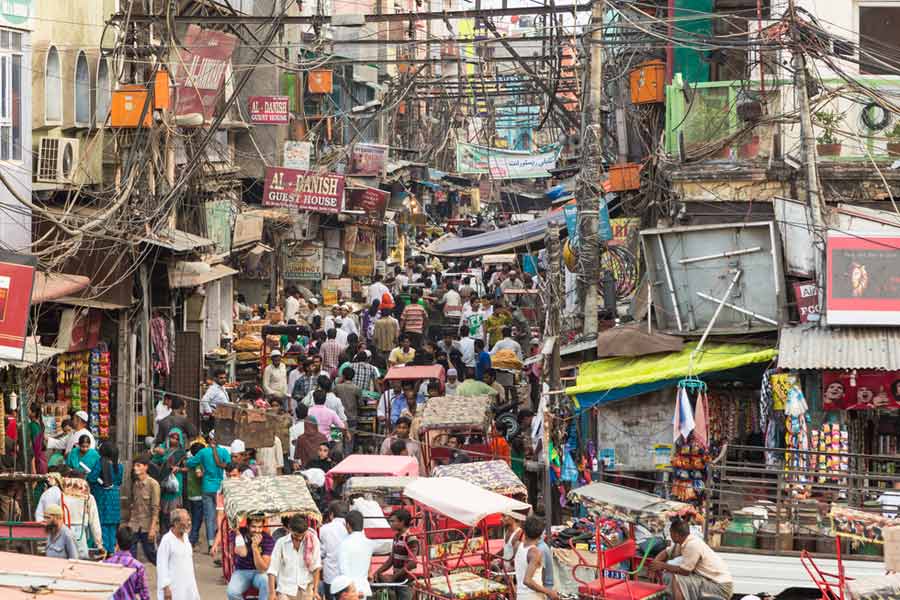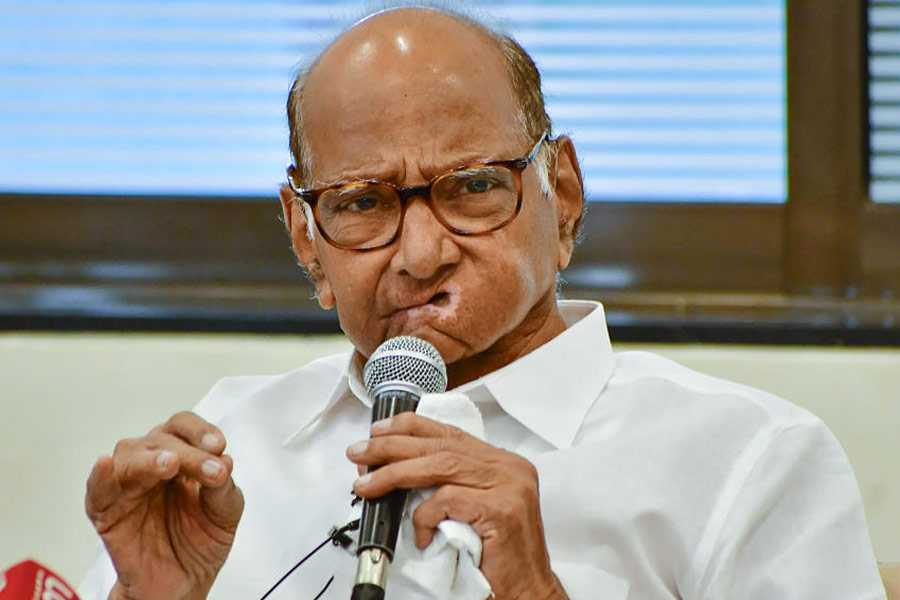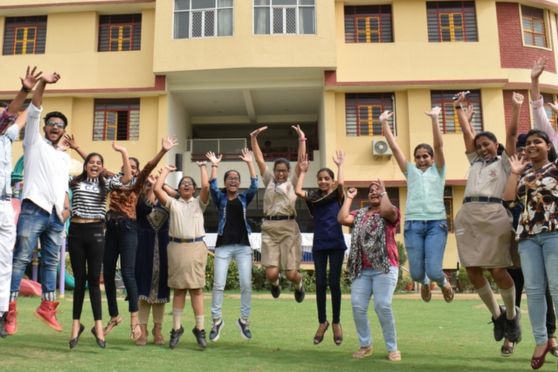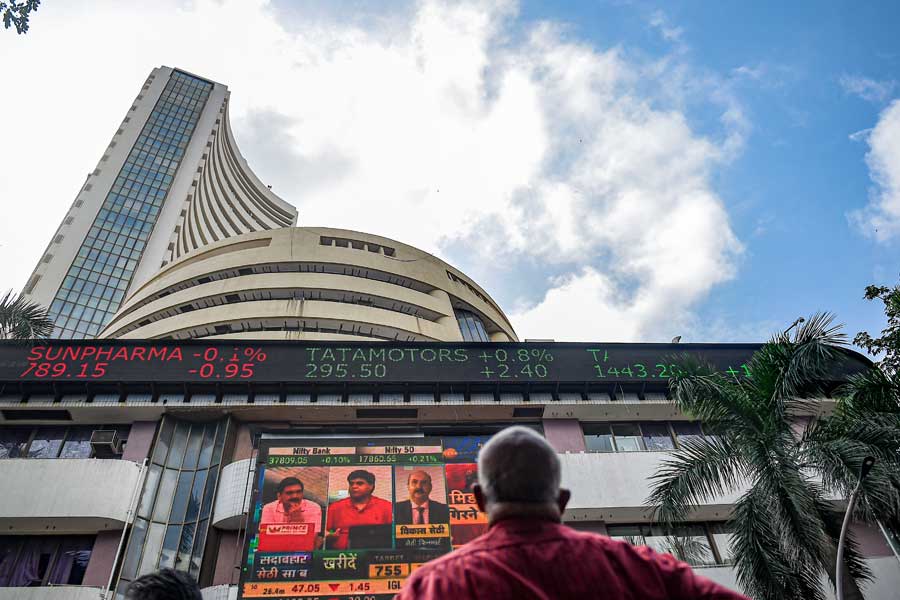India has eliminated extreme poverty, a commentary authored by economists Surjit Bhalla and Karan Bhasin in a leading American think-tank The Brookings Institution said, citing the just released consumption expenditure data for 2022-23.
In the article, the two noted economists cite the data to say real per capita consumption has grown 2.9 per cent per annum since 2011-12, with rural growth at 3.1 per cent being significantly higher than urban growth of 2.6 per cent.
Also, there has been an unprecedented decline in urban and rural inequality. The urban Gini declined from 36.7 to 31.9; the rural Gini declined from 28.7 to 27.0.
The Gini coefficient, or the Gini index, measures the inequality of income distribution, whereas a higher value closer to one (or 100 per cent) represents greater inequality.
"In the annals of inequality analysis, this decline is unheard of, and especially in the context of high per capita growth," the article states.
High growth and a large decline in inequality have combined to eliminate poverty in India, it said, citing the PPP of USD 1.9 (purchasing power parity at 2011 prices and not the PPP USD 2.15 line at 2017 prices).
This, the economists argued, was more because the PPP of USD 1.9 closely corresponds to the official India Tendulkar poverty line.
The Headcount Poverty Ratio (HCR), the proportion of a population that lives below the poverty line, has declined from 12.2 per cent in 2011-12 to 2 per cent in 2022-23, equivalent to 0.93 percentage points per year.
Rural poverty stood at 2.5 per cent, while urban poverty was down to 1 per cent.
"These estimates do not take into account the free food (wheat and rice) supplied by the government to approximately two-thirds of the population, nor utilisation of public health and education," the authors noted in the commentary.
The decline in HCR is remarkable given that in the past it took 30 years for India to witness a similar decline in poverty levels, which has now been witnessed over 11 years, the article said.
Given the near elimination of extreme poverty, India should now graduate to a higher poverty line, which would provide an opportunity to redefine existing social protection programmes to give greater support to the genuinely poor, it added.
"Official data now confirms that India has eliminated extreme poverty as commonly defined in international comparisons," the economists said.
This is an encouraging development with positive implications for global poverty headcount rates. This also means that the time has come for India to graduate to a higher poverty line much like other countries. The transition to a higher poverty line provides an opportunity to redefine existing social protection programmes, particularly with the objective of better identification of intended beneficiaries and providing greater support to the genuine poor, it added.
Except for the headline, this story has not been edited by The Telegraph Online staff and has been published from a syndicated feed.










